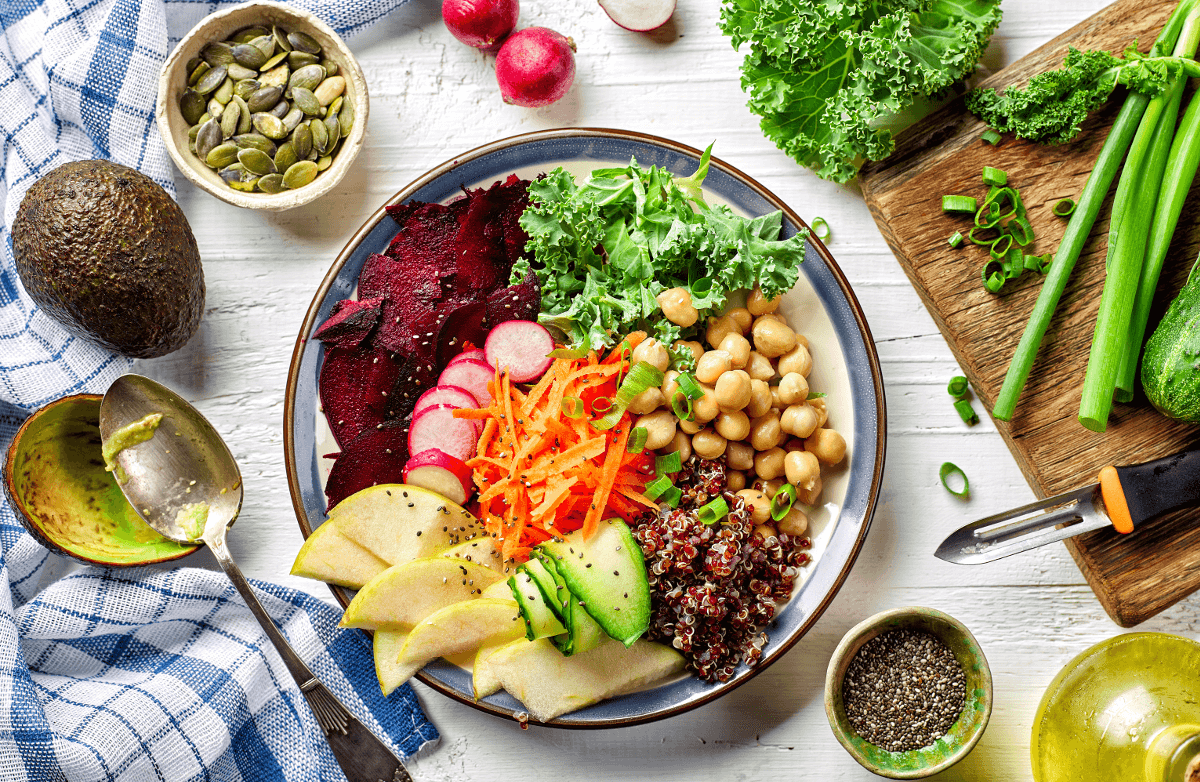|
Last week, First Lady Michelle Obama and Agriculture Secretary Tom Vilsack joined celebrity chef Rachael Ray to announce changes to the school lunch program. This desired national update is the first in more than fifteen years. After the announcement, the First Lady and the others joined schoolchildren at Parklawn Elementary School for lunch. The lunch consisted of recipes created for the occasion by Rachael Ray to demonstrate how tasty the new regulations can be. While there was legislative debate regarding how some foods fit into a healthier student meal, in the end the final goals seem to have been achieved to provide healthier guidelines for the national program. Starting next school year, students will find lunch offerings designed to match the Dietary Guidelines for Americans using the newly updated national food icon as a guide. While this is exciting, it will bring financial concerns for many school districts as well. The updated meal requirement will be more costly to provide when districts are already facing tight budgets. Although six cents per lunch will be provided through Federal reimbursement, this amount isn't expected to match the increased cost per meal to produce meals that meet these guidelines. The new guidelines require schools to offer more nutrient dense menus by increasing fruits, vegetables, whole grains, and fat-free fluid milk and low-fat dairy while lowering meal sodium, saturated and trans fat levels. While many schools have already made changes in the milk they offer, here are the additional changes students and parents will find next fall. The new nutrition standards are for all school meals but the plan will be phased in with improvements in school lunches first before focusing on breakfast updates. Since more students eat school lunch compared to school breakfast, this approach allows the most children to benefit from the updates. This chart fully outlines the differences between the old regulations and the new but here are the highlights. Fruits and Vegetables – In the old requirements, fruits and vegetables counted as one combined group and only one-half to three-fourths cup total serving was required regardless of student age. Now there is a set requirement for both fruits AND vegetables. Three-fourths to one cup of vegetables in now required daily AND there is a weekly requirement for inclusion of dark green, red/orange, legumes and starchy vegetables as well. This helps ensure students will be eating a rainbow of vegetables and not just potatoes or salsa every day. Students will also be served a one-half to one cup serving of fruit each day in addition to their vegetables. Meat and Meat Alternate – A one and a half to two equivalent ounce non age-specific guideline was the daily minimum requirement under the old regulations. Now there are daily and weekly minimums and age-related range requirements. Students in grades K-5 are to receive one equivalent meat ounce daily with eight to ten ounces weekly. Grades 6-8 will also receive at least one equivalent ounce daily but with a nine to ten ounce weekly requirement. High school students in grades 9-12 are to receive at least two equivalent ounces with ten to twelve ounces per week. The requirement for weekly offerings of legumes listed above will certainly encourage the creation of more meat alternative options for students to try. Grains – Under the previous program, students were to be offered eight grain servings a week with at least one served per day regardless of age and whole grains were only encouraged but not required. Now there are daily and weekly ranges based on student age as well as the requirement that at least half of the grains offered be whole grains. The new requirement builds on whole grains and requires that all grains served by July 1, 2014 be whole grain rich. Students in grades K-5 will be receiving at least one equivalent ounce of grains daily with eight to nine ounces each week. Grades 6-8 will receive the same minimum each day but with eight to ten ounce equivalence each week. High school students in grades 9-12 will receive a minimum of two equivalent ounces with a weekly total of ten to twelve ounces. Milk – Although a cup of milk has always been a school lunch requirement, in the old plan there were no guidelines related to fat content or flavor inclusion. In the new plan, one cup is still the serving requirement but flavored milk must be fat-free and unflavored milk must not contain more than one percent milk fat. Sadly, there are no guidelines for milk substitutions or alternatives. Since many children cannot drink milk this may cause them to omit this food group all together resulting in a deficit in key nutrients through their school lunch. The Bottom Line The new school lunch guidelines will certainly help move things forward toward the First Lady's goal of reducing childhood obesity in a generation. Last week Mrs. Obama stated, “When we send our kids to school, we have a right to expect that they won’t be eating the kind of fatty, salty, sugary foods that we're trying to keep from them at home.” However, many families are still eating fatty, salty, and sugary foods at home. We are hopeful that these new guidelines along with the MyPlate information will transfer to the home front as well. The best way to move forward in the battle against childhood obesity is for schools, families, and communities to work together. Our children will begin to learn healthy meal planning as they stop seeing school menus with hot dogs on a white spongy bun with ketchup packets and canned fruit covered in syrup and start enjoying whole-wheat spaghetti with meat sauce, colorful cooked vegetables and a piece of fresh fruit. Even when they are enjoying pizza, they will be able to learn that cheese pizza with a whole-wheat crust tastes just as great at those with enriched white crusts. It will most likely take time for many students to taste grape tomatoes, kiwi slices, or refried beans let alone consume the entire serving simply because they are new foods that they don't commonly see at home. However, it does open the door for parents to begin trying some of these foods at home when they see them on their child's school lunch menu. Because healthier meals can be more costly, it will be imperative for local food service administrators in school districts across the nation to be creative. Identifying local food sourcing will help them manage fresh produce costs while limiting waste. Smaller districts working cooperatively with food purchasing arrangements will maximize lowest cost buying opportunities. Taking a critical look at staffing assignments related to food ordering, preparation and service will limit personal costs by focusing on working smarter instead of longer or harder. There are critics who simply don't like the government's involvement in dictating what school's offer at lunch even though it is a Federal responsibility. Others bulk at the increased lunch prices that will certainly come for those that don't receive free or reduced lunches. Still others complain that these new guidelines don't go far enough and children should not be served pizza or potatoes at all. While we certainly understand these concerns, we remind everyone that the option of helping your child pack a nutrient rich lunch that keeps them out of the lunch line all together is still available. What do you think? Are these new guidelines a step in the right direction, too little too late or about time? Take our poll and tell us what makes you most excited or most angry with them? |
More From SparkPeople
|














